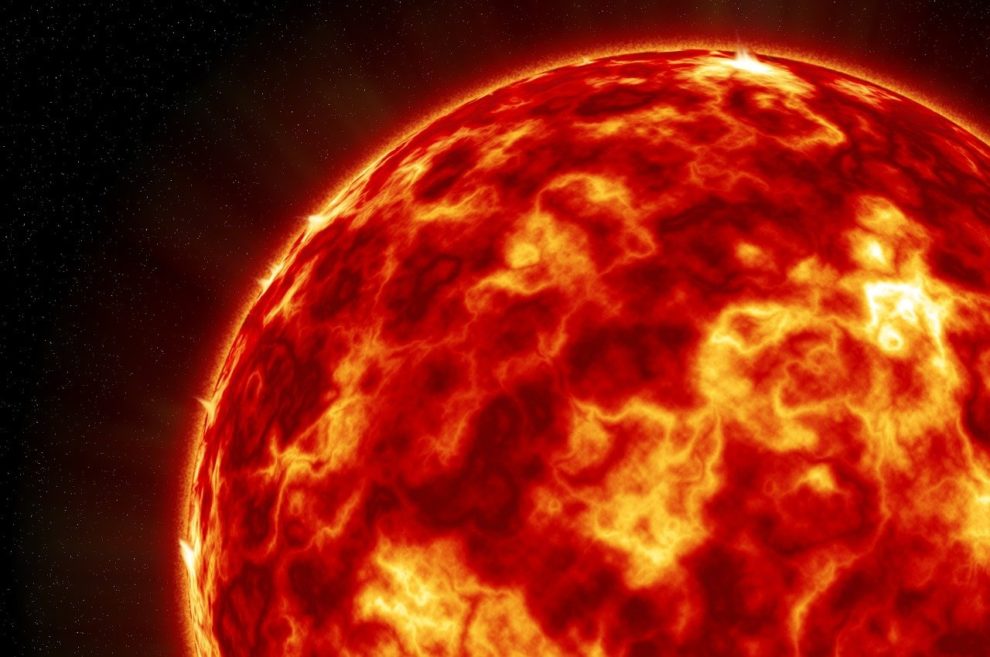This week, the sun sent out two strong bursts of energized particles that might lead to radio blackouts on Earth with a 75 percent likelihood, DailyMail reported.
Timeline of solar storm impact: Ongoing disruptions expected till Thursday
A physicist predicted solar storms on Tuesday and Wednesday, with some impact lingering into Thursday. This comes after a storm on Monday messed up communications over the Pacific Ocean. As reported by earth.com, the radio blackouts occurred at approximately 4:20 pm EST (2:50 am IST) off the western US and South American coasts. Fortunately, they were brief, lasting only a few seconds.
The National Oceanic and Atmospheric Administration (NOAA) also acknowledged the solar storm on its website, labeling it as R2 (moderate). The strong flow of energized particles also affected the poles, causing an outage that lasted for approximately seven hours, as reported by earth.com.
Dr. Tamitha Skov mentioned that the burst on Sunday was the biggest in weeks, causing temporary radio blackouts in Australia and the Asian Pacific region.
“We have one, if not two solar storms headed for Earth today! The first launched near (Sun’s) Region 3555. It is expected to hit early to midday January 22. The second is a side-swiping storm launched near 3559. It may give us a glancing blow January 23. Also, an unstable filament is in the Earth-strike zone now. If it launches it will be a third storm headed towards Earth!” she said on X.
Solar storm series raises power grid concerns, NOAA warns of 60% disruption likelihood
This is part of a series of solar storms unleashed by the Sun since the beginning of the new year. The Space Weather Prediction Center of NOAA has expressed a 60 percent likelihood that the current ongoing storm may lead to disruptions in the power grid.
The two active sunspots, 3559 and 3561, released coronal mass ejections (CMEs) just one day apart – with the first on Sunday. CMEs can eject billions of tons of corona material from the sun’s surface. The material consists of plasma and magnetic fields.
NOAA uses a five-level system called the S-scale, to indicate the severity of a solar radiation storm. And the agency shows a 15 percent chance of such storms from today until Thursday.
Data showed that the flare from 3559 had already disrupted radio communications over the South Pacific Ocean, Fiji and the northeast coast of Australia.
